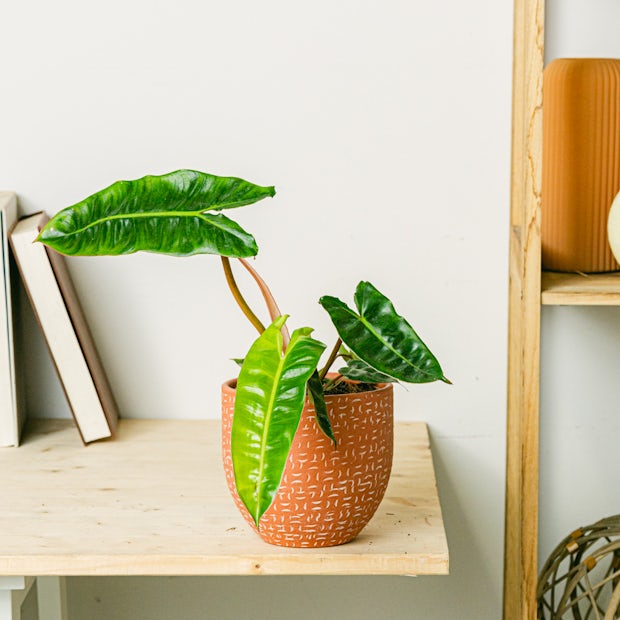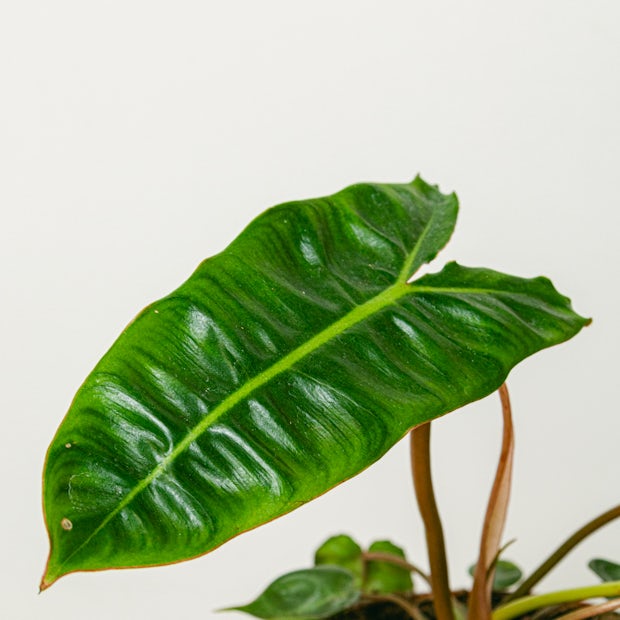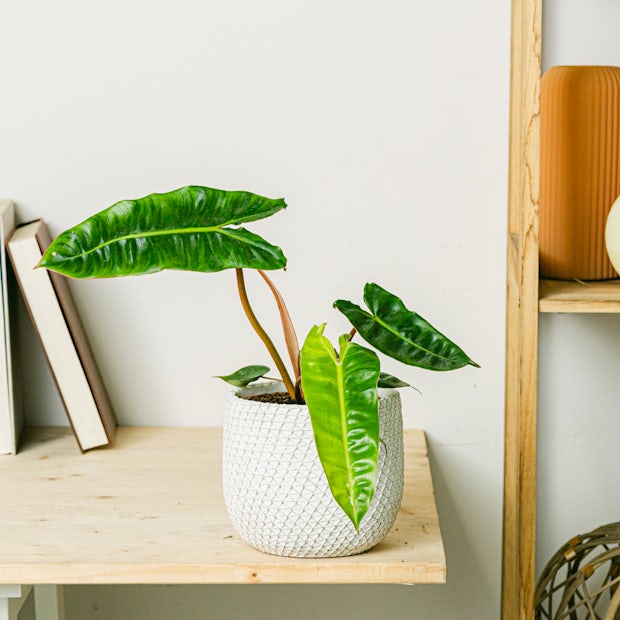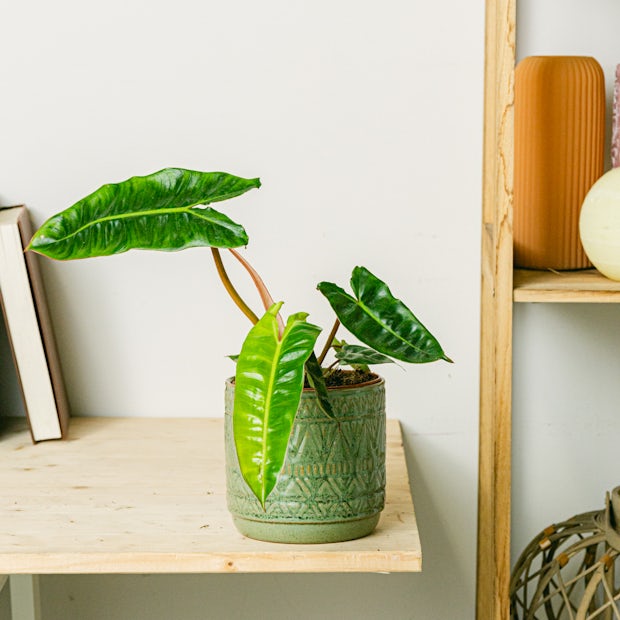Philodendron billietiae
 Indirect light
Indirect light
Adapts to any light level.
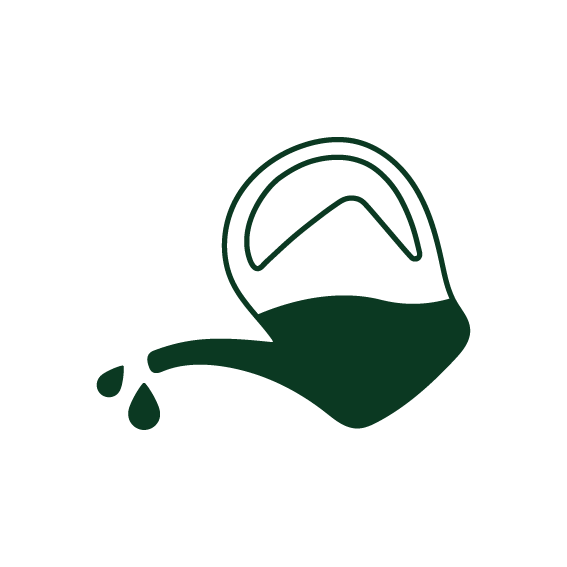 Moderate irrigation
Moderate irrigation
Water once a week and fortnightly in cold weather allowing the soil to dry out between waterings. Water more frequently in brighter light conditions.
 Normal humidity
Normal humidity
Any kind of humidity is fine, you can spray it every 2 weeks.
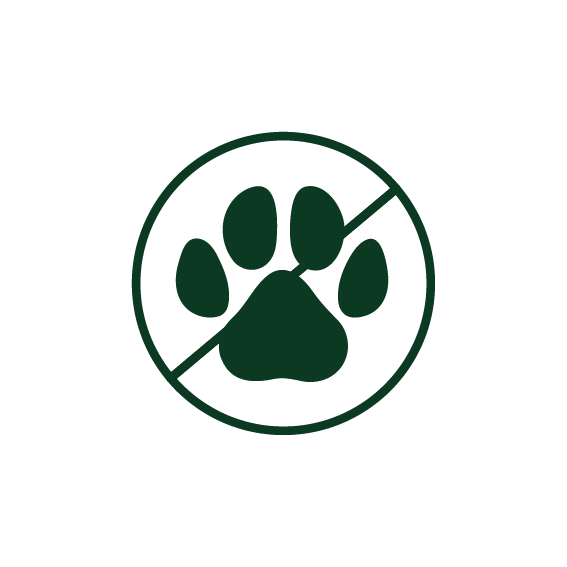 Not suitable for pets
Not suitable for pets
This plant can be toxic for your pet, so we advise you not to keep them together.
